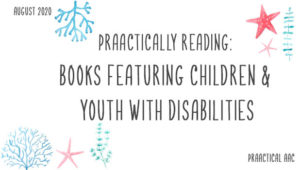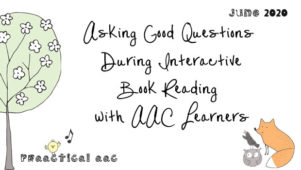PrAACtically Reading with Karen Natoci: How Do You Know It’s Summer?
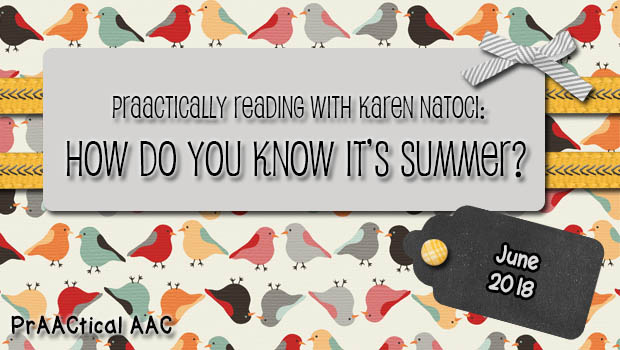
 Karen Natoci is back just in time for the end of school and the start of summer break. Karen is an AAC Supervisor with The Speech Pathology Group in Walnut Creek, California. In this post, she gets us thinking about summer and shares suggested extension activities for home and a lesson plan for how to implement these materials at the return of school after summer break.
Karen Natoci is back just in time for the end of school and the start of summer break. Karen is an AAC Supervisor with The Speech Pathology Group in Walnut Creek, California. In this post, she gets us thinking about summer and shares suggested extension activities for home and a lesson plan for how to implement these materials at the return of school after summer break.
Be sure to download the packet of materials using the link at the bottom of this page.
::::::::::::::::::::::::::::::::::::::::::::::::::::::::::::::::::::::
Book: How Do You Know It’s Summer? (Rookie Read-About Science) by Lisa M. Herrington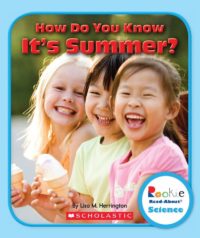
It’s time to wrap up the school year! In the northern hemisphere, we are looking forward to summer break or a more relaxed school schedule. This is a great book to kick off the final week of school and to send along summer homework in preparation for the first week of school. The purpose of reading this book is to give students ideas on what they may like to do this summer. Here are some ways to use this book in your classroom.
Competency Areas:
Linguistic: Sharing ideas – what do I want to do this summer?
Core Vocabulary Focus: I, You, Yes, No, Where? What? Me, Who? Go, Yum! More, Like, Not like.
Fringe Vocabulary Focus: (words featured in the book)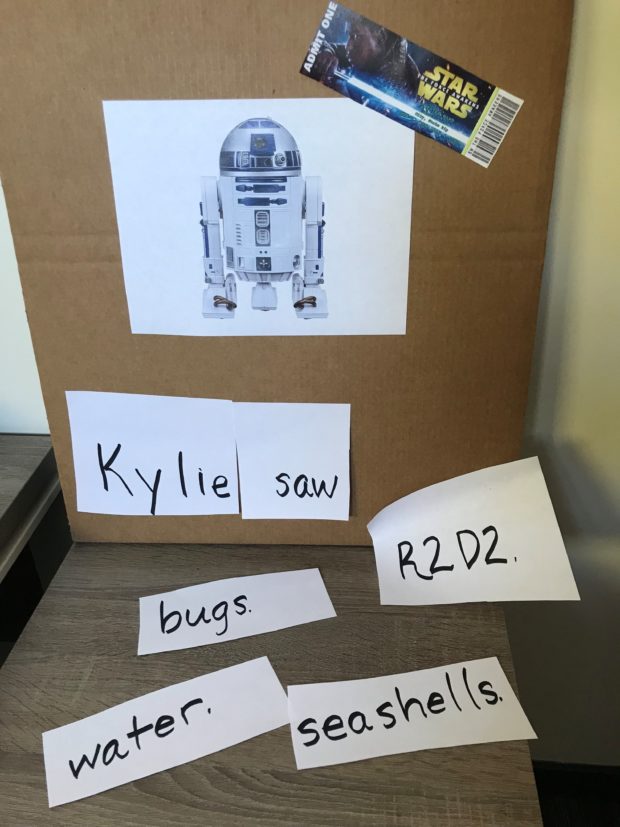
FIRST Read: Always begin with an enthused, basic reading of the book. Announce the title, author, share the book cover with everyone.
Subsequent Reads: Talk about what students and staff would like to do this summer! Everyone’s ideas are great whether realistic or not!
- Pause and allow for comments using core pages.
- Survey the students to learn who likes what activity shared in this story.
- Complete the “book report.”
Send home:
- Copy of the completed book report (included in this publication)
- Homework for summer (included in this publication)
Families and caregivers will be asked to list five things that the student did over the summer. Sending this home at the end of the school year may help families to gather photos, remnants in anticipation of sending these stories to school with their child next fall. I’ve included a sample letter home with a form for families to use. Please feel free to use it in the way that is most appropriate for your classroom. This is an appropriate activity to do across all ages- please change any wording that may not sound age appropriate! For older students, please substitute the ideas with age level material that works well your community! Happy Summer everyone! In the fall, your students will be asked, “What did you do this summer?” In short, the homework designed is to prepare to answer and engage with that very question using appropriate AAC tools and strategies!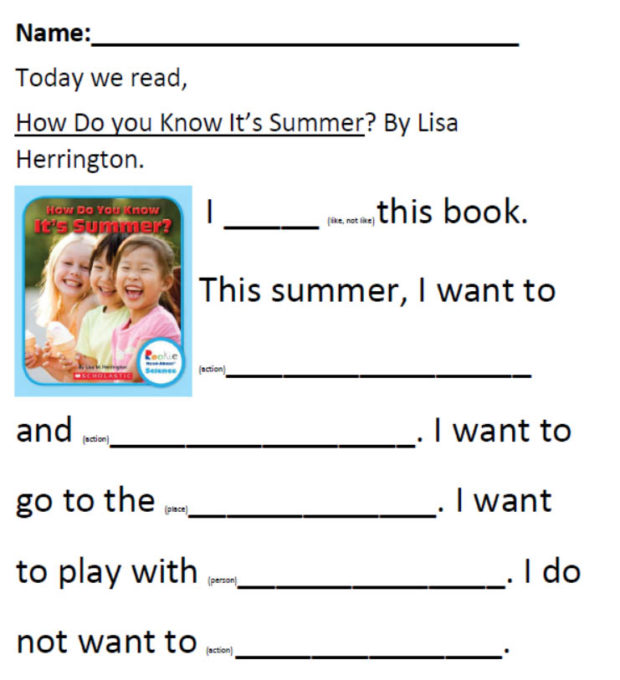
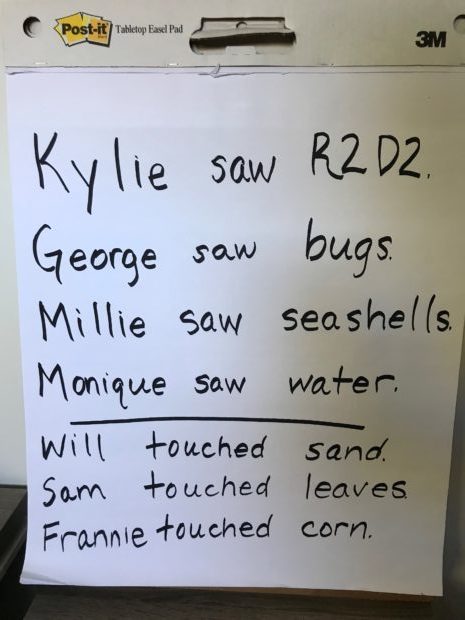
Upon the student’s return to class:
Here is a lesson plan to follow during the first few days of school. Ideas are shared in this form which involve gathering the students and talking about how their summer went. Hopefully, students brought in their summer homework which includes remnants, photos and a 4-8 sentence script to say (or use their AAC systems to share information.) If you have a new student in class, you can call the parent to ask what the child may have done this summer. It is a good idea to be sensitive to families who either do a lot or a very little over the summer. Some students may have had surgery, health issues but it is still okay to talk about that as it is an important story too. Even “sleeping on the rug with my dog” is okay and a great thing to do during the summer. It is very important to be inclusive and open to all possible stories that may be told, if it is their choice.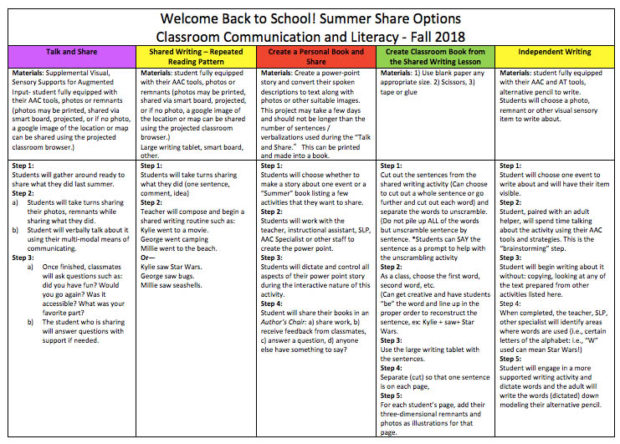
The suggestions in this lesson plan are geared to jumpstart your school year with lots of meaningful language—the language of meaningful experiences and literacy!
Please leave a comment and share any other ideas you may have!
:::::::::::::::::::::::::::::::::::::::::::::::::::
You can download Karen’s lesson plan, book report template, & parent letter here and/or explore other posts in her PrAACtically Reading series here.
Filed under: Featured Posts, PrAACtical Thinking
Tagged With: Karen Natoci, lesson plan, reading
This post was written by Carole Zangari


